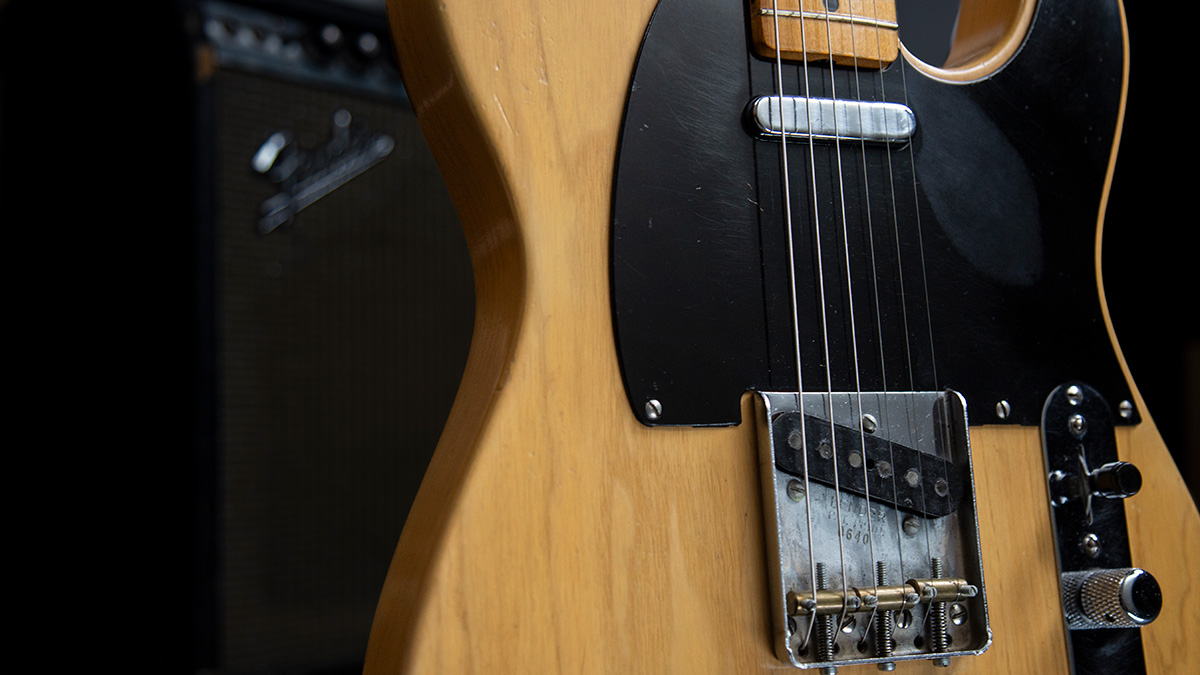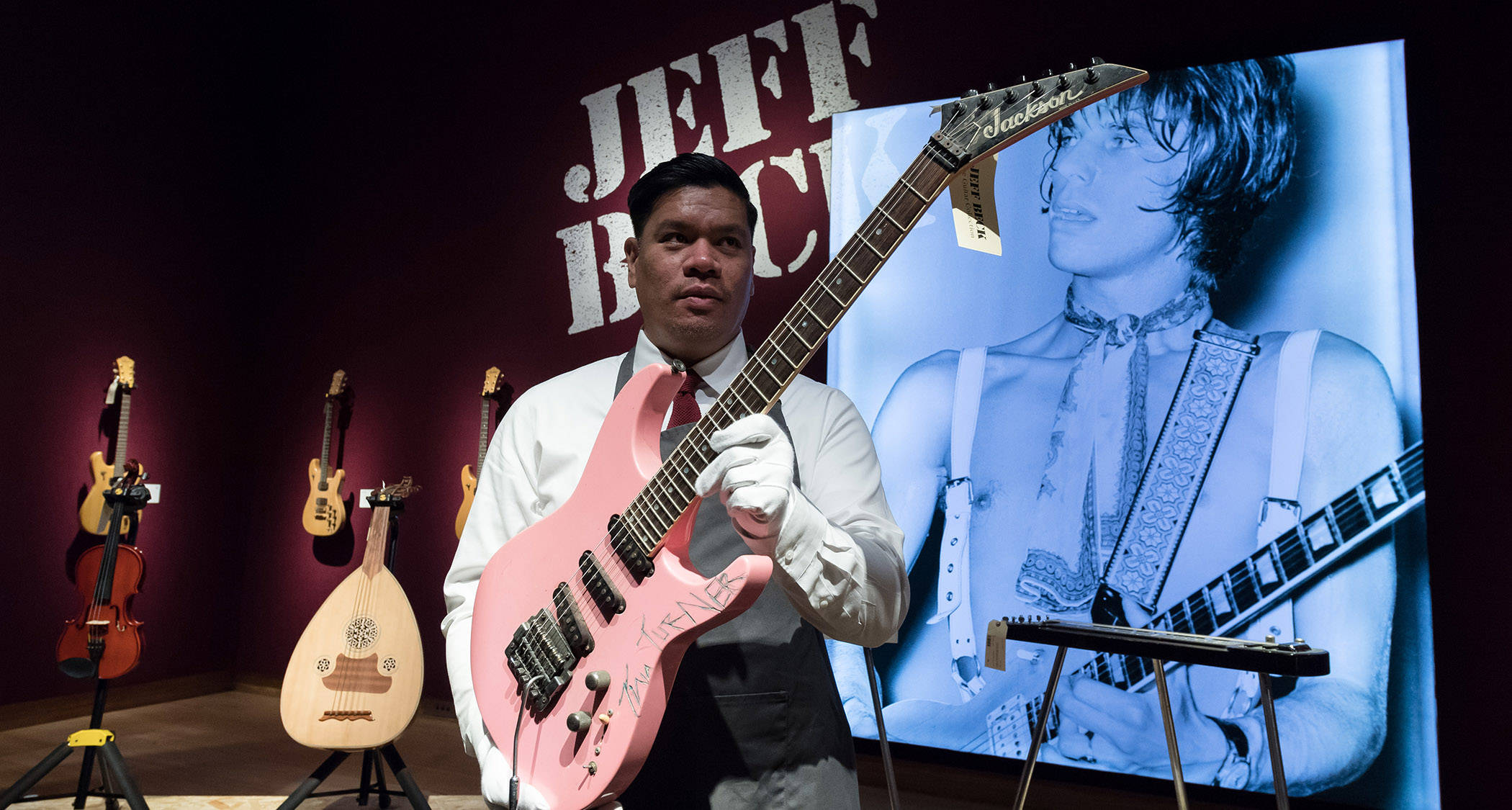“Early Telecasters tend to get a bit muddy. It's hard to get a really nice, punchy bright front pickup”: Joe Bonamassa fits a budget Squier Tele with his new Seymour Duncan 1950 Broadcaster pickups – and tests it against the vintage Fender original
The new signature pickups are modeled after Joe Bonamassa's Broadcaster – the very rare Tele predecessor, of which only 250 were made

Blues maestro Joe Bonamassa has, once again, teamed up with Seymour Duncan on signature Broadcaster pickups that promise to add that extra vintage, 1950s-inspired flair to your Telecaster.
Joe Bonamassa's 1950 Broadcaster Set takes inspiration from the Tele predecessor, of which only 250 were built between the fall of 1950 and the spring of 1951.
Right after its introduction, a trademark war ensued with Gretsch, which owned the BroadKaster trademark. This led to it becoming known as the “Nocaster”, which eventually resulted in the model we now know as the Telecaster.
As you can imagine, these guitars are now extremely rare. However, as befits a bona fide vintage collector, Bonamassa is the owner of one of these scarce models.
“The Broadcaster will be turning 75 years old next year, and it's just an incredible invention of electric guitar,” Bonamassa tells Seymour Duncan.
“My original guitar has a nice bright front pickup, which is hard to find on early Telecasters because they tend to get a little bit muddy. They're either overwound, underwound, or generally just a little lower in volume. So it's hard to get a really nice, punchy bright front pickup.”
However, according to Bonamassa, Seymour Duncan managed to capture his Broadcaster's unique tone and present it to the masses.
All the latest guitar news, interviews, lessons, reviews, deals and more, direct to your inbox!
In fact, this 2024 replica is arguably so close to the real thing, that Bonamassa himself demos the set on an affordable Squier Tele and compares these pickups to his original.
“These are the prototypes of the Broadcaster set,” he explains. “The front [neck] pickup is a nice, bright, punchy pickup, and the flat-pole [bridge pickup] has a nice bite and a crunch.”
More importantly, they're authentic to Leo Fender's original design, which is why the tone evokes the early days of blues, rock, and country.

The set is built in the Seymour Duncan Custom Shop and features Alnico 2 magnets in the neck, Alnico 4 magnets in the bridge, and cloth push-back cable.
What's more, the raw steel bottom plates will be signed by Bonamassa and Seymour W. Duncan, aged to match the original set from the Broadcaster that inspired this new release, and individually numbered.
If you don't manage to nab one of the 250, Bonamassa and the Seymour Duncan Custom Shop will offer these pickups as built-to-order models for $160 a piece or $310 a set.
For more information, visit Seymour Duncan.
Janelle is a staff writer at GuitarWorld.com. After a long stint in classical music, Janelle discovered the joys of playing guitar in dingy venues at the age of 13 and has never looked back. Janelle has written extensively about the intersection of music and technology, and how this is shaping the future of the music industry. She also had the pleasure of interviewing Dream Wife, K.Flay, Yīn Yīn, and Black Honey, among others. When she's not writing, you'll find her creating layers of delicious audio lasagna with her art-rock/psych-punk band ĠENN.


